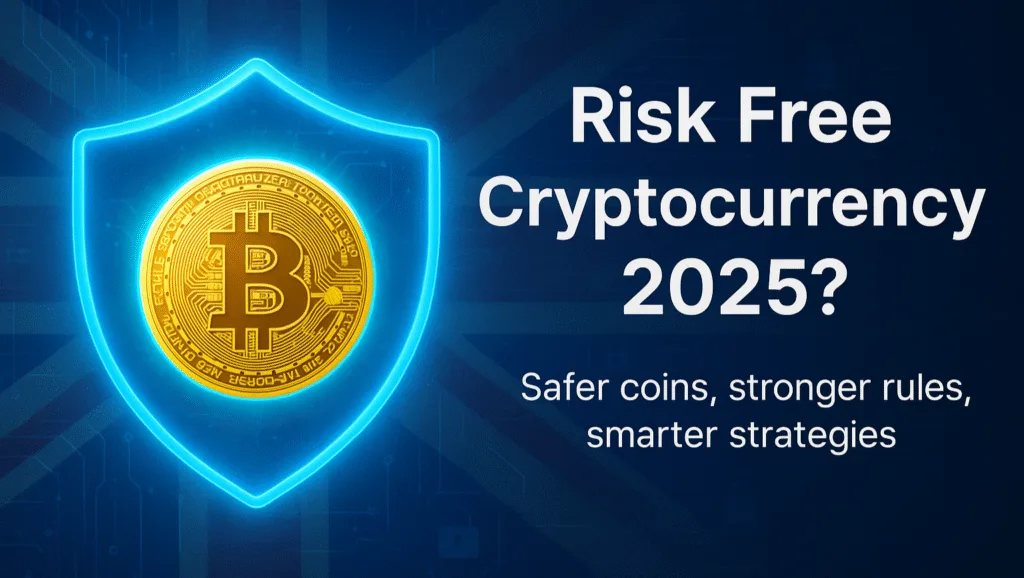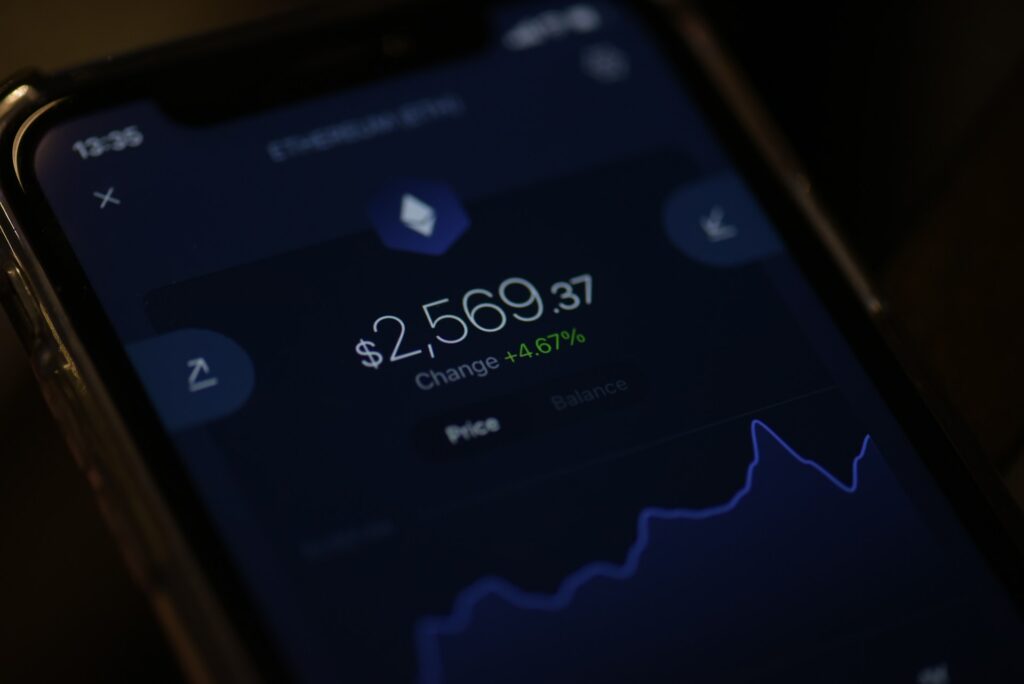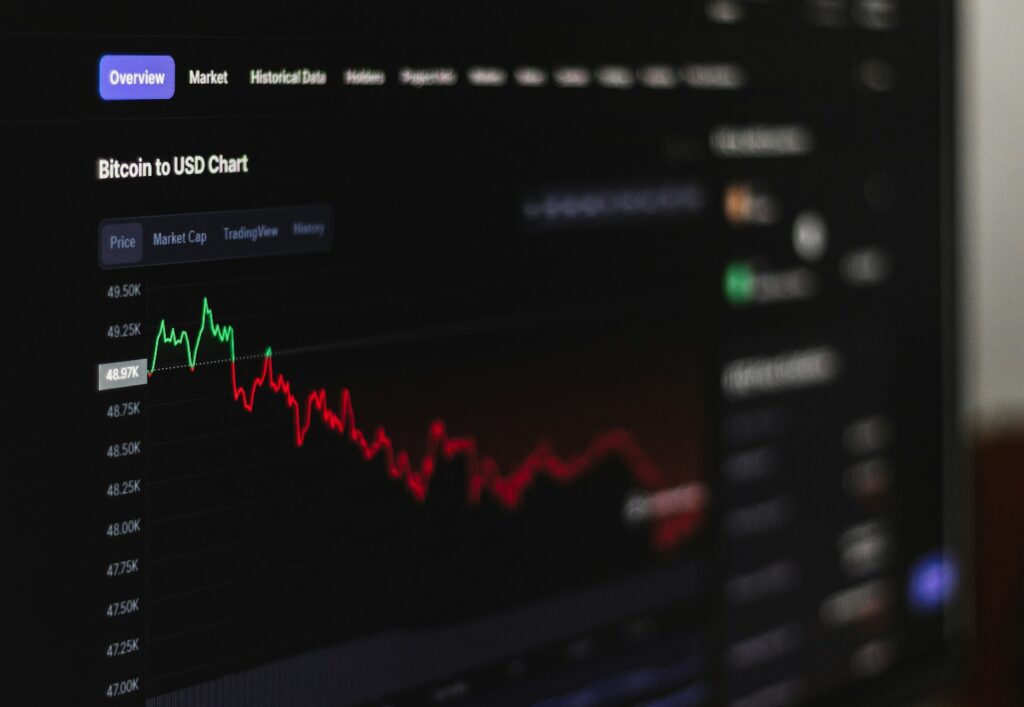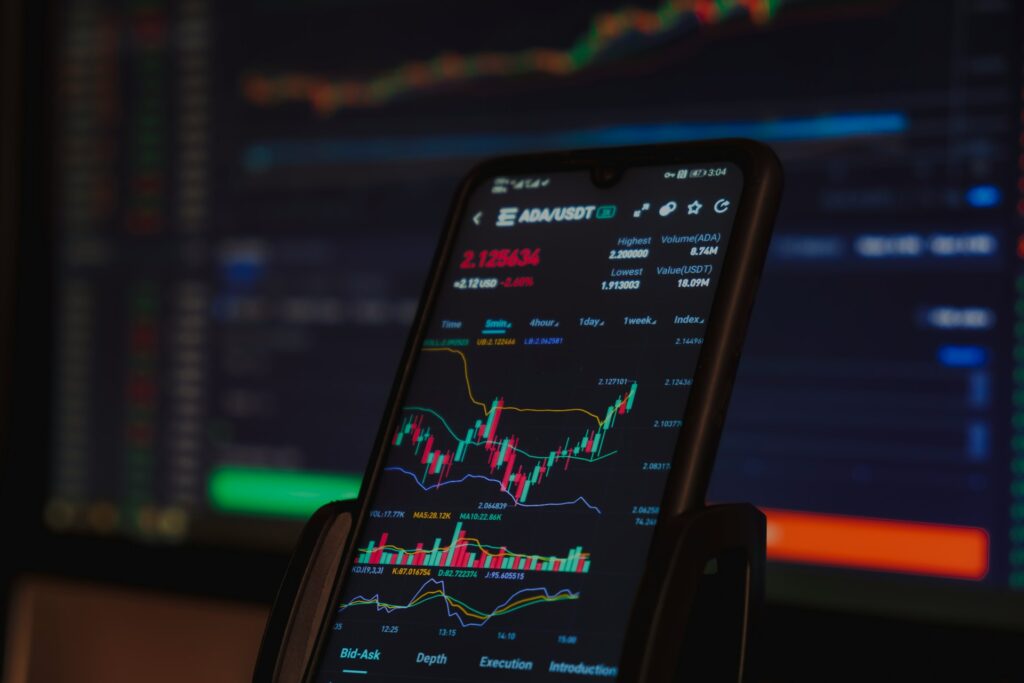The phrase risk-free cryptocurrency sounds like a dream, doesn’t it? A coin you can buy without worrying about scams, hacks, price drops, or regulations.
By 2025, with crypto going mainstream, the question a lot of people ask is simple: Does a risk-free crypto exist, or is it just hype?
Let’s break it down and see what’s real, what’s marketing, and what you should actually look at if safety is your top concern.
Why crypto will never be 100% risk-free?
Here’s the hard truth: no investment is ever truly risk-free. Crypto is no exception. Prices move fast. Platforms can fail. Governments change rules. Even Bitcoin, the oldest and strongest coin, can lose value in a day.
That doesn’t mean you can’t reduce risk. In 2025, the conversation isn’t about eliminating risk. It’s about finding coins, platforms, and strategies that make losses less likely.
Also Read: How to Buy Your First Crypto Without Getting Scammed
The myth of risk-free coins
Every few months, you’ll hear about a stable or guaranteed coin that claims to be risk-free. Most of the time, it’s either a stablecoin or a scam.
Stablecoins like USDT, USDC, or DAI are pegged to the US dollar. They reduce volatility, but they still carry risks:
- If the company holding reserves collapses, the peg can break.
- If governments ban or restrict them, you could lose access.
- Hacks and technical flaws remain possible.
Scams go one step further. They wave around phrases like guaranteed return or risk-free token. The moment you see those words, walk away. Nothing in crypto works without risk.
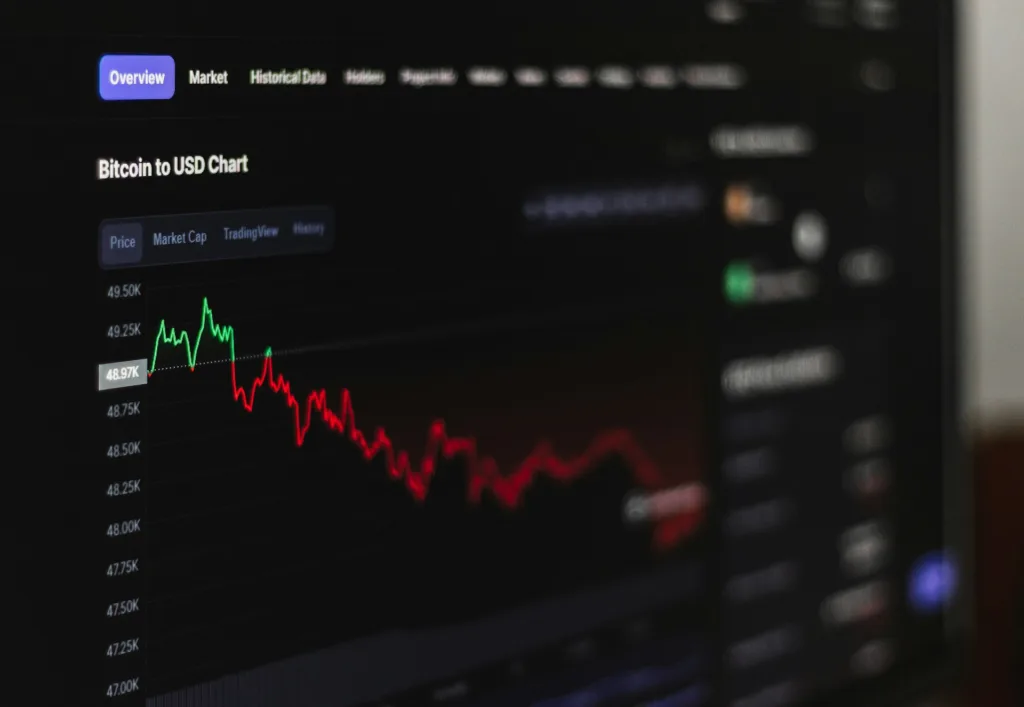
What risk actually looks like in crypto?
To understand “risk-free,” you first need to know what kinds of risks exist. In 2025, these are the big ones:
- Market Risk – Prices go up and down. If you buy high, you may lose money fast.
- Custody Risk – If you keep coins on an exchange and it’s hacked, your funds could vanish.
- Regulation Risk – Some governments may ban or restrict certain coins or services.
- Technology Risk – Bugs, failed upgrades, or broken smart contracts can cause losses.
- Human Risk – Scams, phishing, and fake projects still trick people every day.
A so-called risk-free cryptocurrency would have to solve all of these. None does. But you can still choose safer options!
Safer cryto choices for 2025
If you want as close to risk-free as possible, here are your better bets:
1. Bitcoin (BTC)
It’s not risk-free, but it’s the most established. Institutions hold it. It has survived crashes and bans for over a decade. If crypto has a blue-chip coin, this is it.
Also Read: Best ASIC Bitcoin Miners Under $500
2. Ethereum (ETH)
It powers the biggest ecosystem of apps and tokens. Like Bitcoin, it’s not safe from swings, but it has deep liquidity and wide support.
3. Stablecoins (USDC, USDT)
Good for parking value without exposure to price swings. But remember the risks with issuers and regulations.
4. CBDCs (Central Bank Digital Currencies)
In 2025, some countries have rolled out government-backed digital currencies. These carry almost no risk of collapse, but they’re not really crypto in the original sense. They’re government money in digital form.
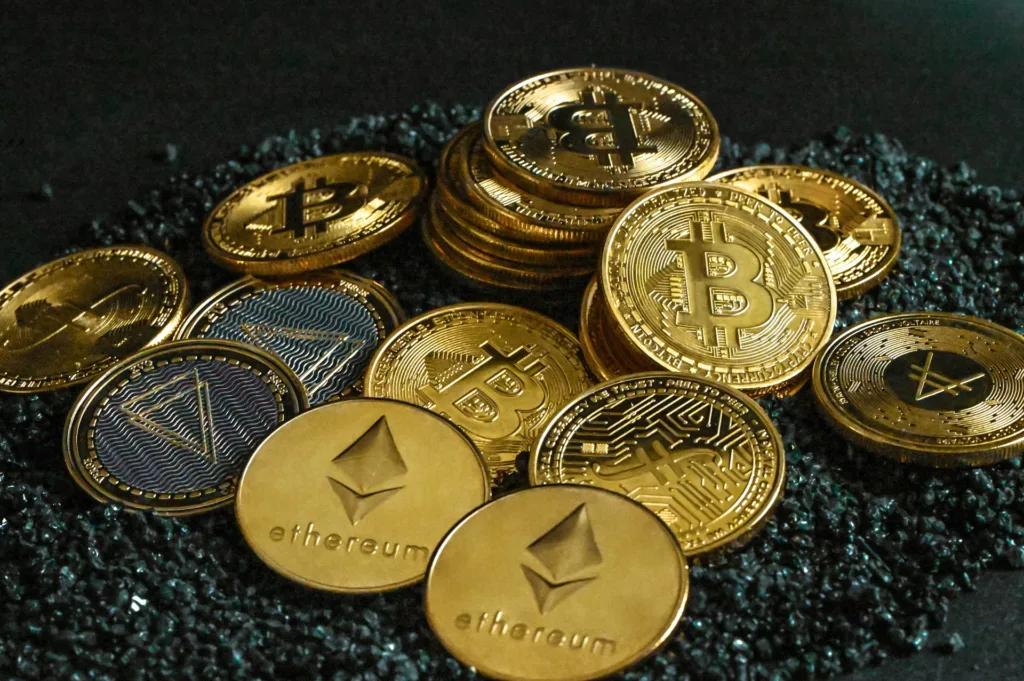
Reducing risk instead of chasing risk-free crypto
Since no coin can remove all risk, the smarter move is managing it. Here are proven ways:
- Diversify: Don’t put everything into one coin. Spread across BTC, ETH, and a stablecoin.
- Use Hardware Wallets: Keep control of your private keys. That cuts custody risk.
- Stick to Reputable Platforms: If you must use exchanges, use established ones with strong security.
- Limit Exposure: Only invest what you can afford to lose. Don’t gamble your savings.
- Stay Informed: Follow updates on regulations, hacks, and market news.
Managing risk beats chasing risk-free promises.
Also Read: Cryptocurrency Explained: Made Simple for Absolute Beginners
The role of regulation in 2025
A big change in 2025 is regulation. Governments now watch crypto much more closely. That makes some areas safer. Exchanges that comply with laws are less likely to vanish overnight. Stablecoins backed by regulated banks are stronger than the wild experiments of years past.
The downside? Less privacy. More rules. Sometimes, restricted access. But if your main concern is safety, regulation is your friend!
How to spot fake “Risk Free” claims?
Scammers know beginners want safety. That’s why they push tokens as “risk-free” or “guaranteed.” Learn to spot them:
- They promise fixed high returns.
- The team is hidden or vague.
- There’s no clear use case for the coin.
- They pressure you to act fast.
The moment you see these, back off. Real crypto projects talk about technology and adoption, not “guaranteed wealth!”
Is holding cash better?
Some people argue that the only truly risk-free option is staying in cash. In one sense, that’s right. Your dollars in a bank are insured. But cash loses value with inflation. By 2025, many savers see their money buying less each year.
That’s why people still look at crypto. Not for zero risk, but for potential upside that beats inflation!
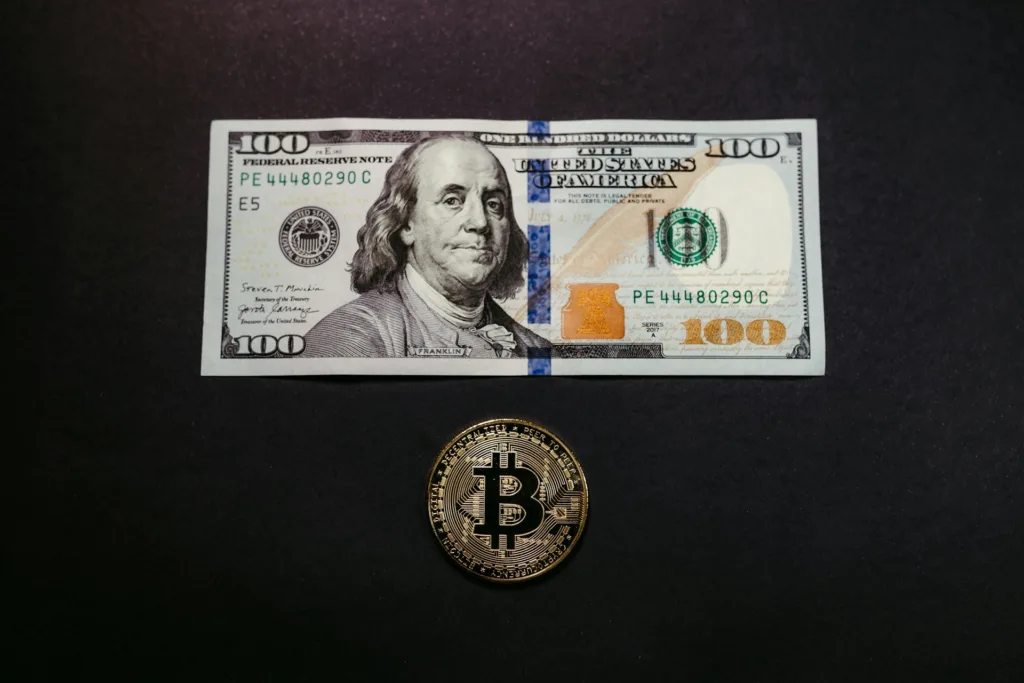
The middle ground: Low-risk strategies
If you don’t want wild swings but still want exposure, try these approaches:
- Dollar-Cost Averaging (DCA): Buy small amounts regularly. This avoids buying at peaks.
- Hold Mostly Stablecoins: Keep funds in stablecoins, and put only a fraction in volatile assets.
- Use Staking Carefully: Some platforms let you earn small rewards on holdings. Stick to trusted networks.
- Avoid Leverage: Don’t borrow money to trade. That’s the fastest way to blow up.
These aren’t risk-free, but they’re much lower risk than chasing hype coins.
What 2025 teaches us about “safe” crypto
Looking at 2025, the lesson is clear. There’s no single coin or token that’s 100% risk-free. What exists are safer options, stronger regulations, and better tools for protecting yourself.
If you want safety, focus less on finding the perfect coin and more on your strategy. Own your keys. Avoid hype. Diversify smartly. And never invest more than you can lose.
Frequently Asked Questions
No. All cryptocurrencies carry some level of risk. The safest options are Bitcoin, Ethereum, stablecoins, or government-backed CBDCs.
A hardware wallet is the safest option. It keeps your private keys offline and away from hackers.
Not completely. They reduce price swings but still face risks like issuer collapse, regulation changes, or technical issues.
Risk free cryptocurrency is more myth than reality. But safer crypto? That’s possible. By choosing established coins, regulated platforms, and smart strategies, you can reduce most of the danger.
The point of crypto has never been about removing risk completely. It’s about balancing risk with reward, freedom with responsibility. If you understand that, you’ll be far better prepared than most people chasing shortcuts in 2025.
With over five years of experience in the tech industry, Kazim excels at simplifying complex topics, making them accessible to tech enthusiasts and general readers alike.
He has contributed to several renowned publications worldwide, including WindowsReport and Allthings.how, bringing insightful coverage of key developments in the field.
When he’s not writing, you’ll find Kazim planning weekend getaways or diving into tech verticals beyond his expertise.
